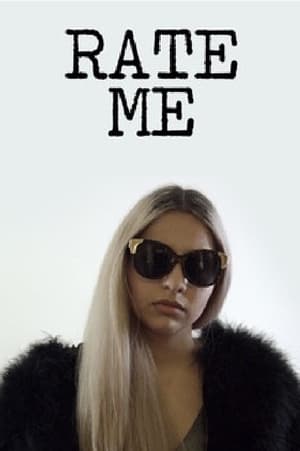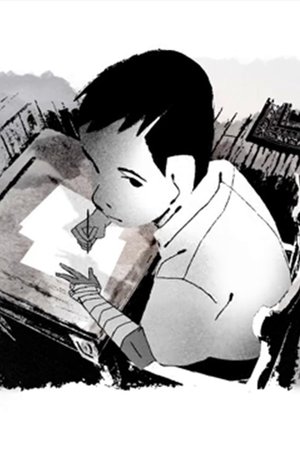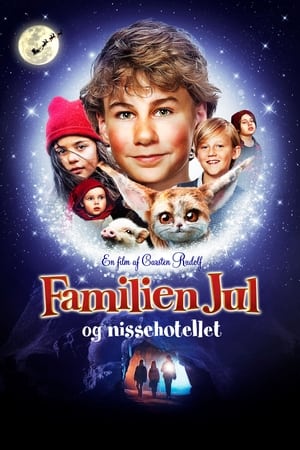

Kamarinskaja(1895)
Three dancers do a Russian folkloric step dance, facing the camera, in traditional clothes, fur hats and leather boots.
Movie: Kamarinskaja
Top 1 Billed Cast
Dancers

Kamarinskaja
HomePage
Overview
Three dancers do a Russian folkloric step dance, facing the camera, in traditional clothes, fur hats and leather boots.
Release Date
1895-11-01
Average
4.2
Rating:
2.1 startsTagline
Genres
Languages:
DeutschNo LanguageKeywords
Recommendations Movies
Ringkämpfer(de)
Two men in white leotards and tights, and black slips over it, wrestle on a theatre stage.
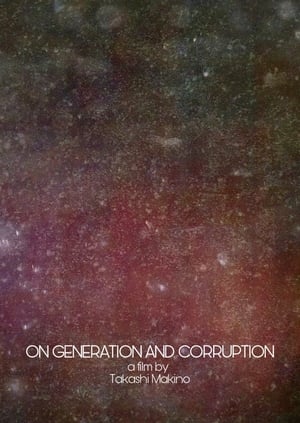 6.0
6.0On Generation and Corruption(ja)
Borrowing its title from a treatise by Aristotle, the latest film by Makino Takashi is an abstract work that finds its drive in the clash between light and darkness. Entirely composed of superimposed images of Tokyo’s landscape and water sites, the film takes its rhythm from the cycles of repetition that are the pillars of life and civilisation. As light emerges from the chaos, Jim O’Rourke’s ambient drone sets the tone for what is to come.
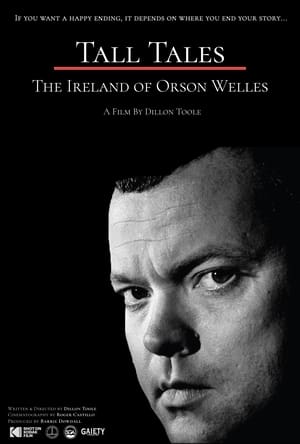 9.0
9.0Tall Tales: The Ireland of Orson Welles(en)
The story of famous actor and director Orson Welles is told through his two visits to the Republic of Ireland; first in his youth as a promising young actor and finally in later years as a washed up icon of the silver screen.
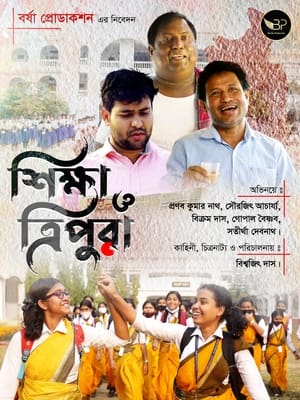 10.0
10.0Shiksha O Tripura(en)
Shiksha O Tripura is a Bengali film based on the Education System of Tripura, it was directed by Biswajit Das. In this film all the innovative steps taken by Government of Tripura have been highlighted. All the artists acted in this film belong to Tripura Pranab Kr Nath, Satirtha Debnath, Sourajit Acharjee, Gopal baishnab, Bikram Das etc....
The Ruxpins(en)
Ben and Sarah Ruxpin, two animatronic teddy bears from Seattle, dreamed they’d be together through anything. But is that bright adventure coming to a close? They’ll need to face some challenging truths together if they want a shot at their storybook ending.
 6.0
6.0Ano Ko ni 1000%(ja)
Azusa Kawahara is the soccer team manager who is going out with Ikumi, one of the team members. Lately Ikumi has been busy after school and this is making Azusa uncomfortable.
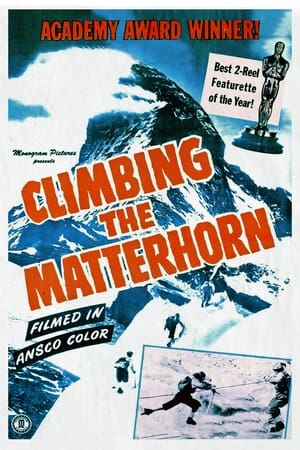 6.8
6.8Climbing the Matterhorn(en)
Starting from the Swiss village of Zermatt, two people and a guide make a perilous ascent of the Matterhorn. Local villagers mount a torchlight rescue of a British couple trapped on the famous mountain. Irving Allen shot footage for this documentary while filming his feature film 'High Conquest'. Filmed in Ansocolor, the documentary won the Academy Award for Best Short Film in 1947.
 6.3
6.3BAD BOYS J The Movie -The Last Thing to Protect-(ja)
A powerful new enemy appears in front of 3 gangs: Gokuraku Cho, Biisuto and Hiroshima Naitsu. Based on the manga "BADBOYS" by Hiroshi Tanaka (published from 1988 to 1996 by Shonen Gahosha through biweekly manga magazine Young King).
A Wave Standing Still(de)
Lost in thought in the midsummer heat, Georg suddenly has only one goal. To make his huge, overgrown garden beautiful again at the weekend. But as he spends his days alone in the house he once shared with his ex-wife Sieglinde, who comes to visit at the end of the weekend, he has to deal not only with the garden, but also with absurd visits, memories, nosy neighbours and himself.
 6.5
6.5He Laughed Last(en)
A 1920s chorus girl inherits a slain gangster's empire.
 6.8
6.8Rosamunde Pilcher: Solange es dich gibt(de)
Milly Cohen lives in modest circumstances with her grandmother Cathy and her little brother Kevin. After the death of her parents, she gave up her art studies and works for the antiques dealer Philip Barnes, a handsome but uncouth bachelor. Philip only realizes that Milly has become the pearl of the store when she quits - due to her boss's unfriendliness and her brother's serious illness. Philip doesn't get on well with the new assistants. He realizes that he has fallen in love with Milly. When he tries to win her back, Milly has already accepted her old boyfriend's proposal of marriage.
Home(en)
Through eloquent portrayals of four different life experiences — birth, aging, marriage and the death of a parent — Home addresses how the dissolution of the nuclear family and the increasing control of daily life by institutions have affected the individual. The subjects of this verité documentary include a ninety-four year-old woman in a nursing home and a young man caring for his terminally ill mother at home.
 8.0
8.0Vampira: The Movie(en)
Vampira The Movie chronicles the story of Malia "Vampira" Nurmi living on the very edge of show business and her rise to celluloid cultdom 50 years later. Her big break came in 1954 when she played the "glamour ghoul" Vampira, emerging from the mist to greet viewers of obscure horror movies on the new medium - television. Her newfound fame led to friendships with Marlon Brando, James Dean and Anthony Perkins. But Vampira's show was abruptly cancelled. Nurmi appeared as Vampira again in the 1959 low-budget horror / sci-fi film, Plan 9 from Outer Space, directed by Edward D Wood Jr. and often dubbed "the worst film of all time." But you can't keep a good vampire down and Nurmi's character rose from the dead again in 1993's Ed Wood, directed by Tim Burton and starring Johnny Depp. The movie renewed interest in Maila Nurmi and she has since achieved a Bettie Page-like cult status.
Utopia Girls(en)
Presented by award-winning historian Dr Clare Wright (The Einstein Factor), Utopia Girls tells the fascinating, little known story of how Australian women became the first in the world to gain full political rights. Women in the 19th century had virtually no political rights. Once they married they signed over everything to their husbands (including their children). If the marriage turned abusive it was almost impossible to escape. Worse still was the fate of unmarried mothers. Improving the lot of all women could only be achieved through political representation. This representation came about through the vision and hard work of five remarkable women - Caroline Dexter, Henrietta Dugdale, Louisa Lawson, Mary Lee and Vida Goldstein. With their comrades, they would carry the flag over half a century until a newly federated Australia could claim its title as a uniquely democratic nation, but their stories were not without personal trials and crushing setbacks.
Similar Movies
 7.1
7.1Nanook of the North(en)
This pioneering documentary film depicts the lives of the indigenous Inuit people of Canada's northern Quebec region. Although the production contains some fictional elements, it vividly shows how its resourceful subjects survive in such a harsh climate, revealing how they construct their igloo homes and find food by hunting and fishing. The film also captures the beautiful, if unforgiving, frozen landscape of the Great White North, far removed from conventional civilization.
 6.6
6.6Rize(en)
A documentary film that highlights two street derived dance styles, Clowning and Krumping, that came out of the low income neighborhoods of L.A.. Director David LaChapelle interviews each dance crew about how their unique dances evolved. A new and positive activity away from the drugs, guns, and gangs that ruled their neighborhood. A raw film about a growing sub-culture movements in America.
 7.1
7.1The Arrival of a Train at La Ciotat(fr)
A group of people are standing along the platform of a railway station in La Ciotat, waiting for a train. One is seen coming, at some distance, and eventually stops at the platform. Doors of the railway-cars open and attendants help passengers off and on. Popular legend has it that, when this film was shown, the first-night audience fled the café in terror, fearing being run over by the "approaching" train. This legend has since been identified as promotional embellishment, though there is evidence to suggest that people were astounded at the capabilities of the Lumières' cinématographe.
 7.5
7.5Berlin: Symphony of a Great City(de)
A day in the city of Berlin, which experienced an industrial boom in the 1920s, and still provides an insight into the living and working conditions at that time. Germany had just recovered a little from the worst consequences of the First World War, the great economic crisis was still a few years away and Hitler was not yet an issue at the time.
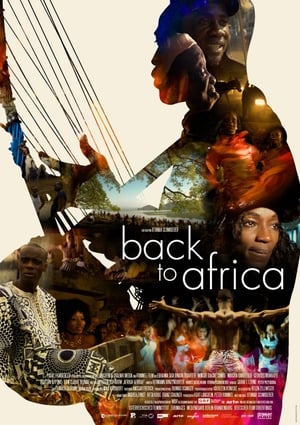 0.0
0.0Back To Africa(en)
An Austrian director followed five successful African music and dance artists with his camera and followed their lives for a year. The artists, from villages in Ghana, Gambia and Congo, were the subjects of Africa! Africa! touring across Europe, but they have unbreakable roots to their homeland and their families. Schmiderer lovingly portrays his heroes, who tell their stories about themselves, their art and what it means to them to be African with captivating honesty. The interviews are interwoven with dance scenes and colourful vignettes set to authentic music.
 0.0
0.0New York Dance States of Performance(en)
Seven choreographers work tirelessly to both question and embrace their chosen form, producing work that celebrates the strange, startling and poetic beauty of dance and performance. Curated by Gia Kourlas. Narrated by the choreographers.
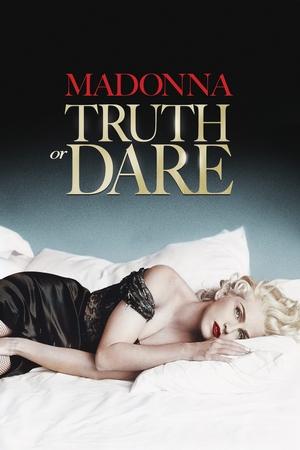 6.3
6.3Madonna: Truth or Dare(en)
From the rains of Japan, through threats of arrest for 'public indecency' in Canada, and a birthday tribute to her father in Detroit, this documentary follows Madonna on her 1990 'Blond Ambition' concert tour. Filmed in black and white, with the concert pieces in glittering MTV color, it is an intimate look at the work of the icon, from a prayer circle before each performance to bed games with the dance troupe afterwards.
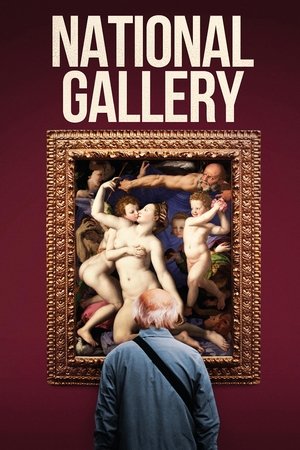 7.4
7.4National Gallery(en)
A portrait of the day-to-day operations of the National Gallery of London, that reveals the role of the employees and the experiences of the Gallery's visitors. The film portrays the role of the curators and conservators; the education, scientific, and conservation departments; and the audience of all kinds of people who come to experience it.
 5.8
5.8Bobbi Jene(en)
A love story, portraying the dilemmas and inevitable consequences of ambition. It is a film about a woman's fight for independence, a woman trying to succeed with her own art in the extremely competitive world of dance.
The Dawn of Sound: How Movies Learned to Talk(en)
Film historians, and survivors from the nearly 30-year struggle to bring sound to motion pictures take the audience from the early failed attempts by scientists and inventors, to the triumph of the talkies.
Clouds(en)
Clouds 1969 by the British filmmaker Peter Gidal is a film comprised of ten minutes of looped footage of the sky, shot with a handheld camera using a zoom to achieve close-up images. Aside from the amorphous shapes of the clouds, the only forms to appear in the film are an aeroplane flying overhead and the side of a building, and these only as fleeting glimpses. The formless image of the sky and the repetition of the footage on a loop prevent any clear narrative development within the film. The minimal soundtrack consists of a sustained oscillating sine wave, consistently audible throughout the film without progression or climax. The work is shown as a projection and was not produced in an edition. The subject of the film can be said to be the material qualities of film itself: the grain, the light, the shadow and inconsistencies in the print.
 4.7
4.7Railway Station(pl)
Kieslowski’s later film Dworzec (Station, 1980) portrays the atmosphere at Central Station in Warsaw after the rush hour.
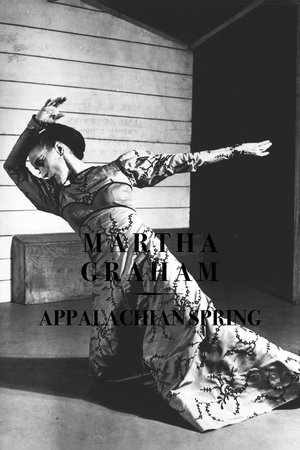 4.9
4.9Appalachian Spring(xx)
A filmed version of Aaron Copland's most famous ballet, with its original star, who also choreographed.
 7.0
7.0Los posibles(es)
Santiago Mitre co-directs his first movement following The Student together with choreographer Onofri Barbato. Although it would have been more accurate to say “his first film-story-adventure-movie-great movie following The Student”, the word movement fits perfectly in Los posibles, the most overwhelmingly kinetic work Argentine cinema has delivered in many, many years. The film deals with the adaptation of a dance show directed by Onofri together with a group of teenagers who came to Casa La Salle, a center of social integration located in González Catán, trying to find some refuge from hardship. Already entitled Los posibles, the piece opened in the La Plata Tacec and was later staged in the AB Hall of the San Martín Cultural Center. Now, it dazzles audiences out of a film screen, with extraordinary muscles and a huge heart: Los posibles is a rhapsody of roughen bodies and torn emotions. Precise and exciting, it’s our own delayed, necessary, and incandescent West Side Story.
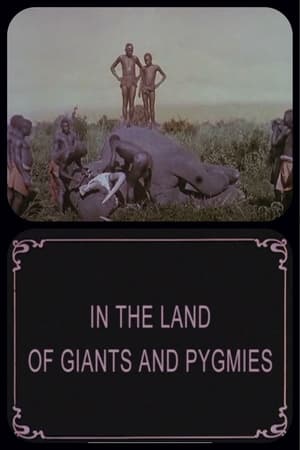 6.0
6.0In the Land of Giants and Pygmies(en)
IN THE LAND OF GIANT PYGMIES, a diary of Aurelio Rossi's 1925 trek into the immense Belgian Congo, preserves a long-gone-Colonial-era wonder at natural resources, "primitive" tribes, customs and costumes in Europe's cast African possessions, and implies that the "dark continent" could benefit from the "civilizing" influences of home.
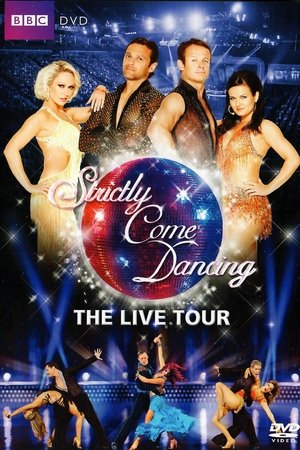 10.0
10.0Strictly Come Dancing The Live Tour(en)
With the coveted glitter ball trophy once again up for grabs, how will series winner Chris Hollins fare against other celebrity favourites - including Austin Healey, Kelly Brook, Mark Ramprakash, Ali Bastian, and Natalie Cassidy? As they take to the stage alongside their professional partners including; Kristina Rihanoff, James and Ola Jordan, Brian Fortuna, Natalie Lowe and Ian Waite, in brand new breathtaking outfits and daring routines. They will need to impress judges; Len Goodman, Bruno Tonioli, Craig Revel Horwood and Arlene Philips. Who as always, are ready with quips, banter and razor-sharp observations!
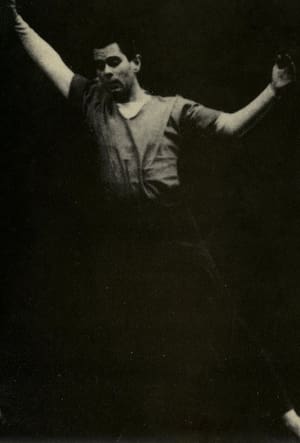 0.0
0.0Genius on the Wrong Coast(en)
Portrait of Lester Horton, a Los Angeles-based dancer, choreographer and teacher who trained many world-reknowned dancers and built the first American theater devoted permanently to dance. Former students and friends, including Bella Lewitzky, Alvin Ailey, and Carmen de Lavallade, help create a picture of Horton through interviews. Includes numerous dance excerpts.
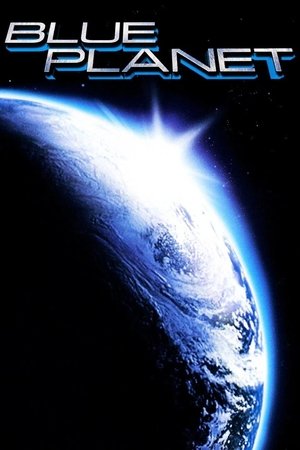 5.9
5.9Blue Planet(en)
From the unique vantage point of 200 miles above Earth's surface, we see how natural forces - volcanoes, earthquakes and hurricanes - affect our world, and how a powerful new force - humankind - has begun to alter the face of the planet. From Amazon rain forests to Serengeti grasslands, Blue Planet inspires a new appreciation of life on Earth, our only home.
 6.3
6.3Roundhay Garden Scene(en)
The earliest surviving celluloid film, and believed to be the second moving picture ever created, was shot by Louis Aimé Augustin Le Prince using the LPCCP Type-1 MkII single-lens camera. It was taken in the garden of Oakwood Grange, the Whitley family house in Roundhay, Leeds, West Riding of Yorkshire (UK), possibly on 14 October 1888. The film shows Adolphe Le Prince (Le Prince's son), Mrs. Sarah Whitley (Le Prince's mother-in-law), Joseph Whitley, and Miss Harriet Hartley walking around in circles, laughing to themselves, and staying within the area framed by the camera. The Roundhay Garden Scene was recorded at 12 frames per second and runs for 2.11 seconds.
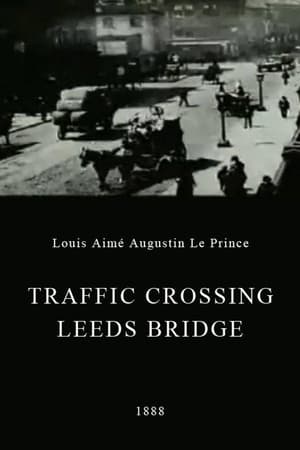 5.9
5.9Traffic Crossing Leeds Bridge(xx)
A film by Louis Aimé Augustin Le Prince, shot in late October 1888, showing pedestrians and carriages crossing Leeds Bridge.
